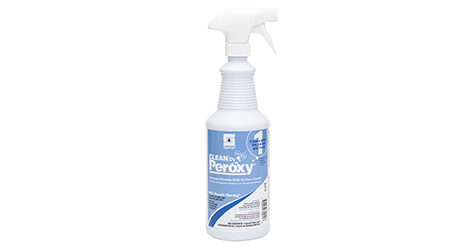Carpeting can take a serious beating over time, especially in high-traffic areas or in commercial and industrial facilities with equipment that is rough on flooring. With that in mind, here’s an introductory guide to spring cleaning your carpet with a professional carpet extractor so it looks its best no matter what it’s up against.
Perform a thorough vacuuming
Before doing anything else, first vacuum up as much surface-level dirt, grime, and any other dry particulates. Vacuuming is by far one of the most crucial steps you need to perform on a regular basis. In commercial environments, you should vacuum every day. Don’t forget to raise the beater brush if you happen to be vacuuming more delicate materials like wool, so it doesn’t cause damage and separate the fibers. As you can’t rely on a carpet extractor machine to get everything, thorough and sufficient frequent vacuuming is always required beforehand.
Don’t forget to pre-spray
Next pre-spray your carpet with a low-foaming cleaning solution. Dilute the carpet cleaning liquid in a pump sprayer and apply to the carpet. Do not pour carpet cleaning products directly into extractors. Instead, for maximum efficiency and the best results, apply the pre-spray directly to the carpet’s surface and allow it to soak. Typically, the soaking time is around a minute or so, but it’s best to follow what the manufacturer recommends on the bottle.
Agitate the worst spots
Next, using a soft-bristle deck brush, target the highest-traffic areas of the carpet (typically the middle of a runner, for example). Wherever it’s the dirtiest and grimiest, this form of agitation will work to loosen more stubborn residue and filth that is trapped within the carpet, and it’s great for buffing out stains as well.
This step is especially important when cleaning the remnants of winter from your carpet—everything from salt carried on boot soles to mud and dirt. Regardless of the time of year, however, agitation aids in the performance of your carpet extractor equipment.
Consider a heated carpet extractor
For commercial or industrial settings, such as carpeting in warehouse break rooms or office areas, a professional-grade machine with a heated element will deliver optimal results in the most efficient time. When operating the extractor, focus on performing slow, deliberate strokes so you’re less likely to miss any built-up dirt or grime.
Ensure the vacuum component of the carpet extractor is always running. Be sure to move in a back-and-forth motion as this gets the maximum amount of water out of each stroke. As many commercial carpet extractors rely on an electrical heating element, they don’t have a constant flow. Always follow the manufacturer’s operating and equipment maintenance guidelines.
Speed up drying times
If you’re not familiar with an air mover, the technology is straightforward. This is simply a fan that directs a constantly moving airflow at floor level; it’s ideal for quickly drying areas in high-traffic environments. Note that the extractor should have removed any excess water beforehand, so your carpet should be damp rather than soaked.
Before placing an air mover in a commercial setting, set up a wet floor sign to ensure compliance with safety and hazard prevention regulations. After switching on the fan, allow it to completely dry the carpeting. The time it takes will vary depending on the carpeting size, amount of moisture present, and other related factors.
Maintain a regular cleaning schedule
As noted earlier, be sure to thoroughly vacuum commercial carpeting daily. Deep cleaning with a heated carpet extractor is more time-consuming and intensive, so it only needs to be done every couple of months. We recommend a minimum of twice a year at a minimum. Ensure your equipment is clean and fully operational, set up a schedule, and stick to it to ensure optimal results.
And there you have it, a guide to carpet spring cleaning that covers all the essentials. By following these steps, you can ensure a cleaner, healthier, and more inviting indoor environment not just in the springtime but throughout the whole year.




